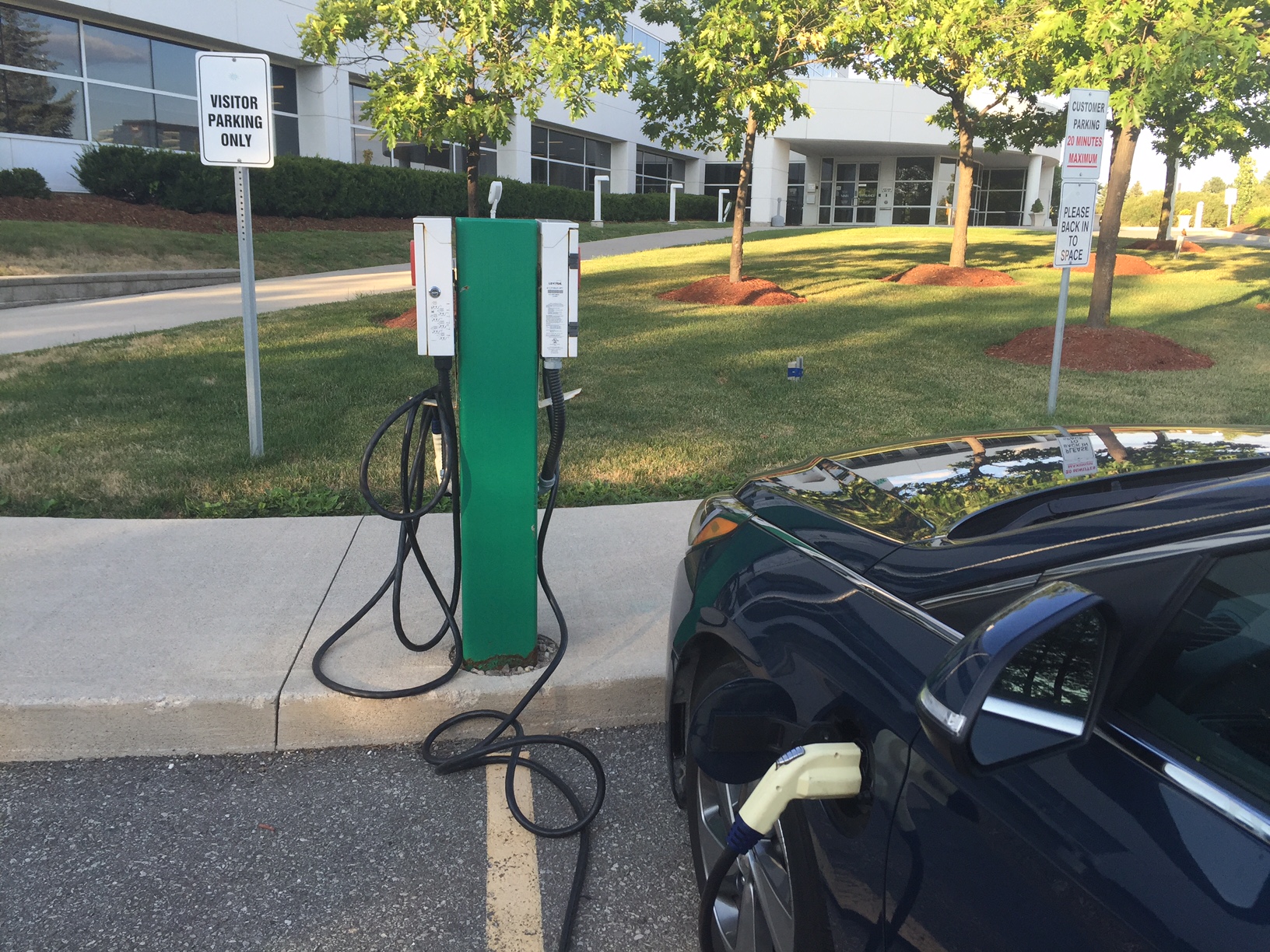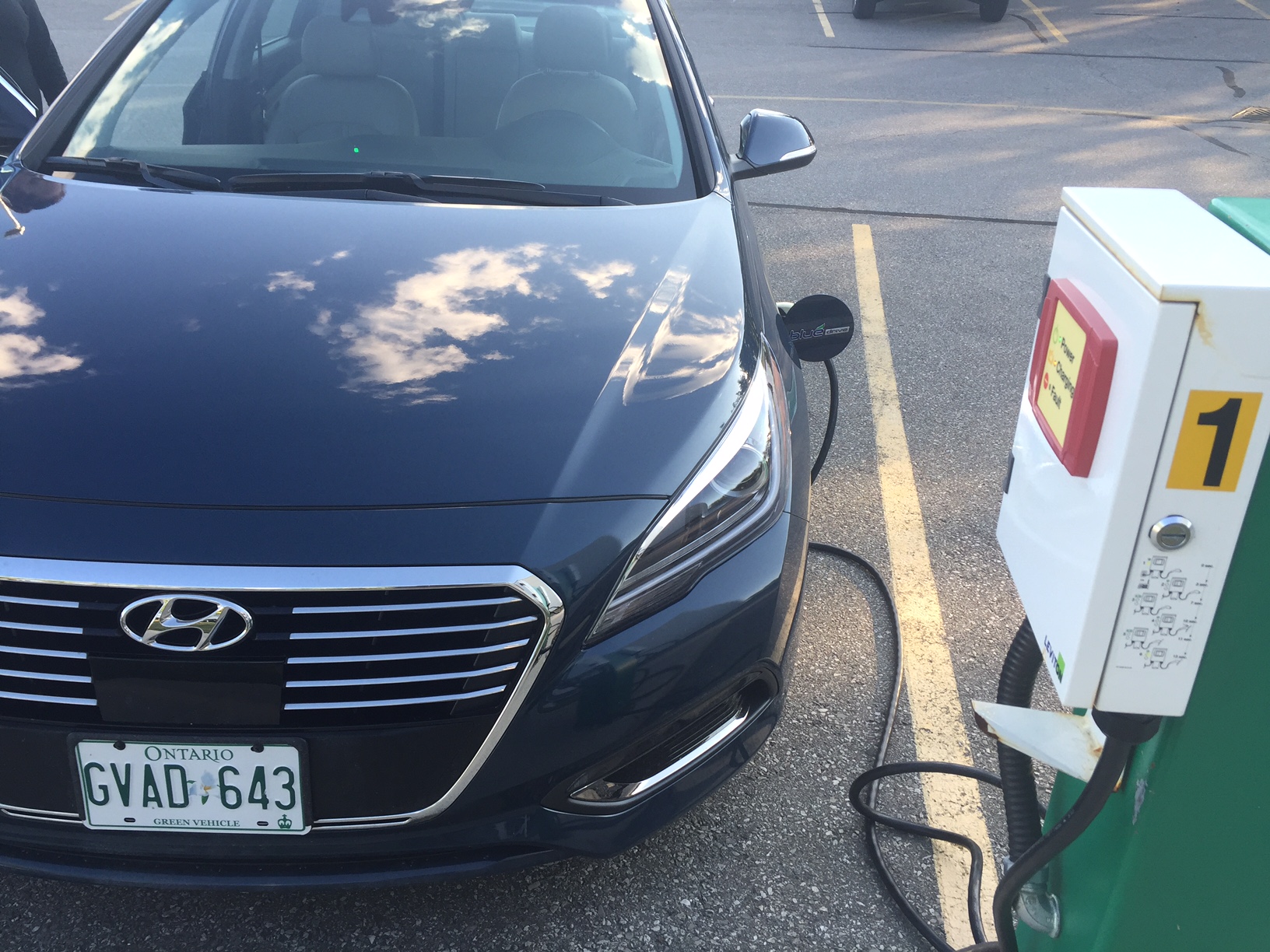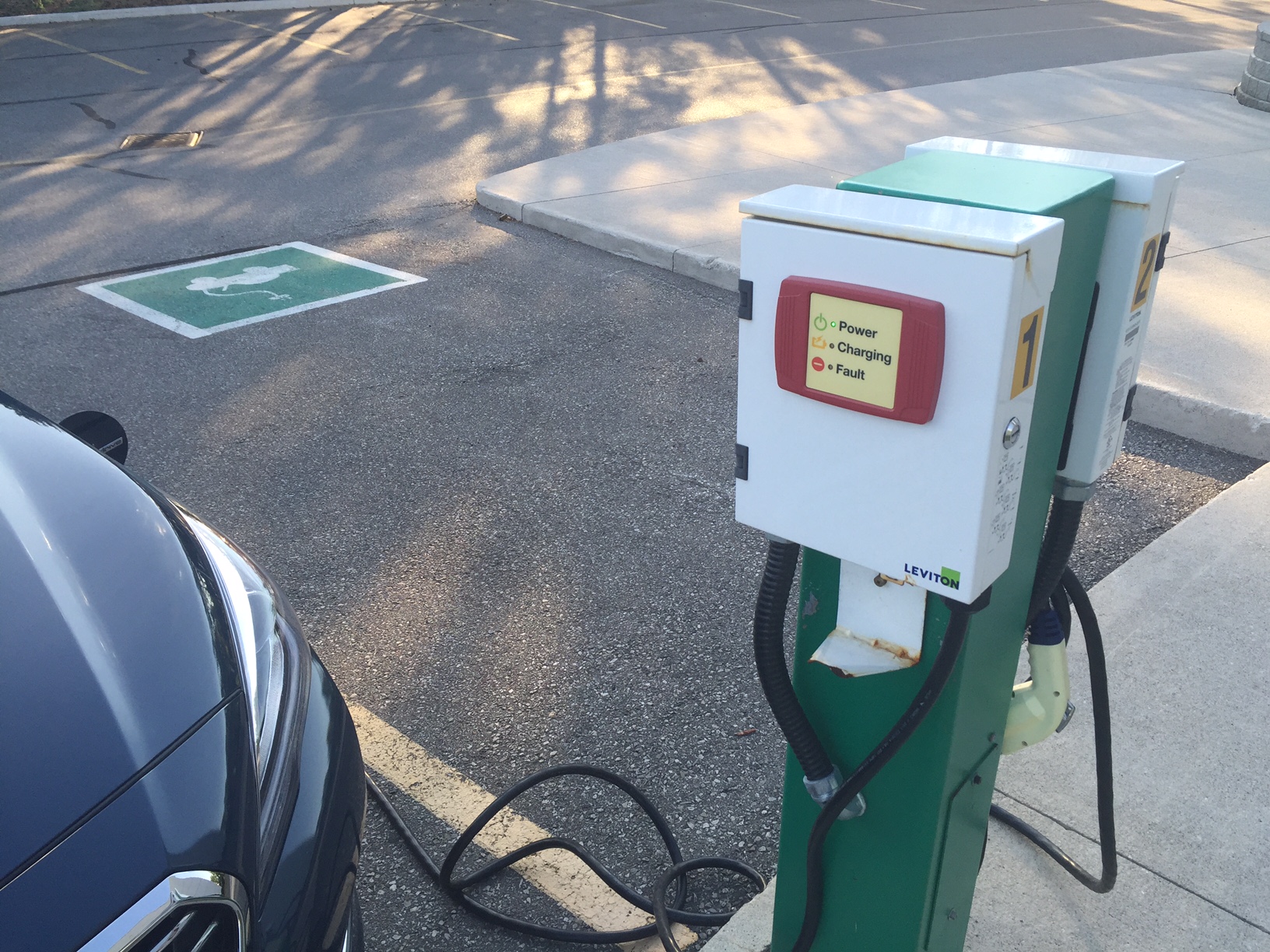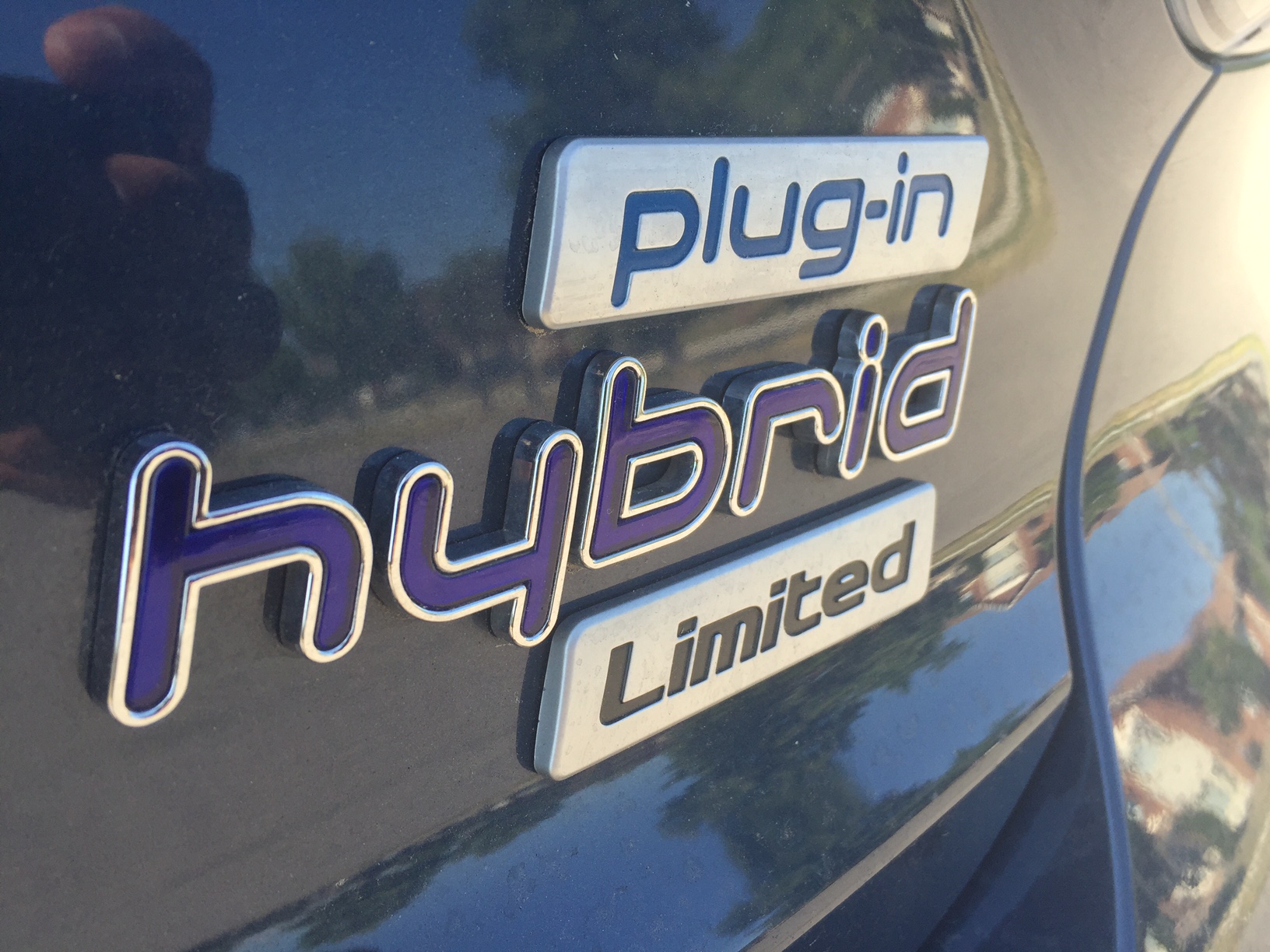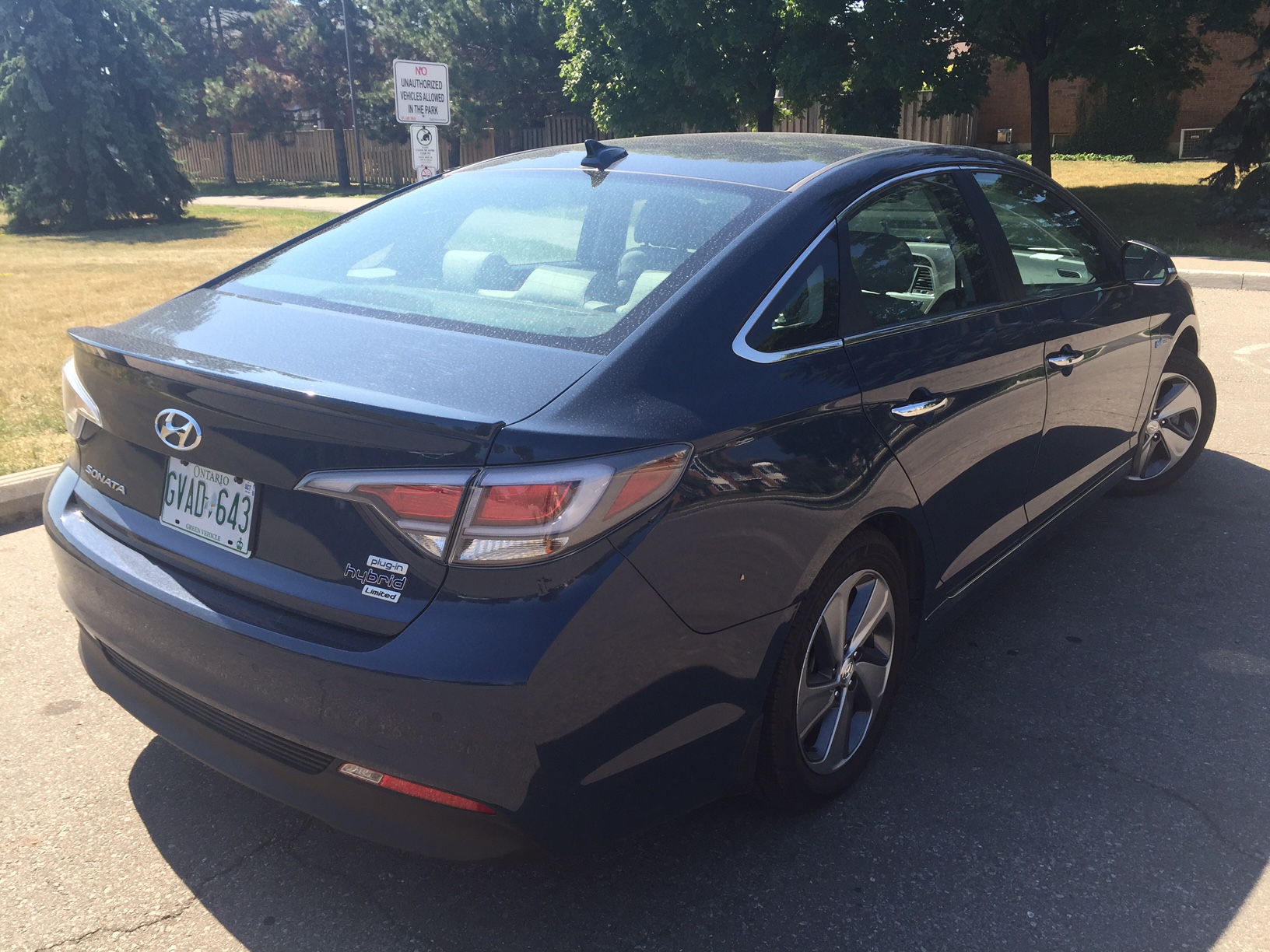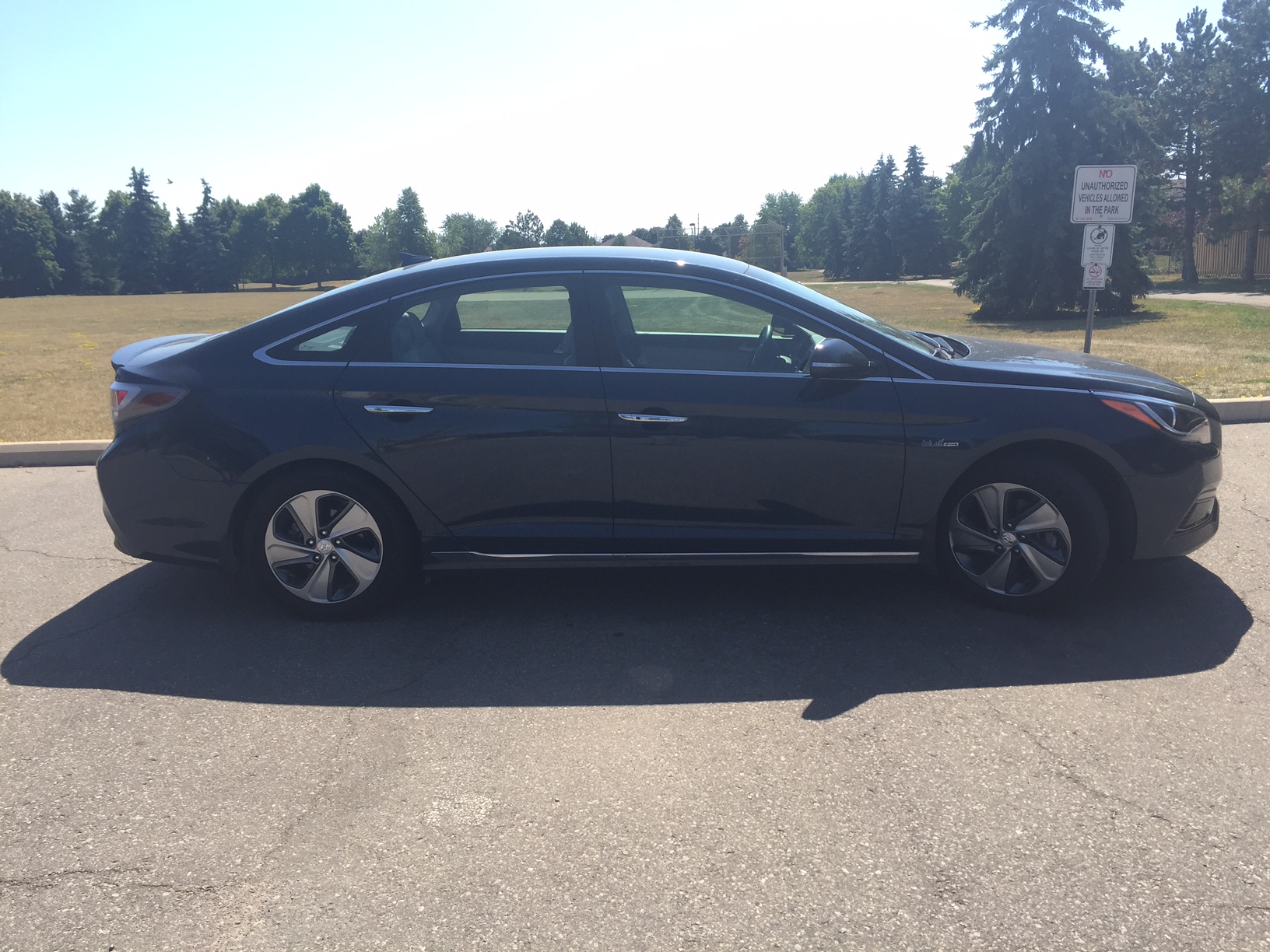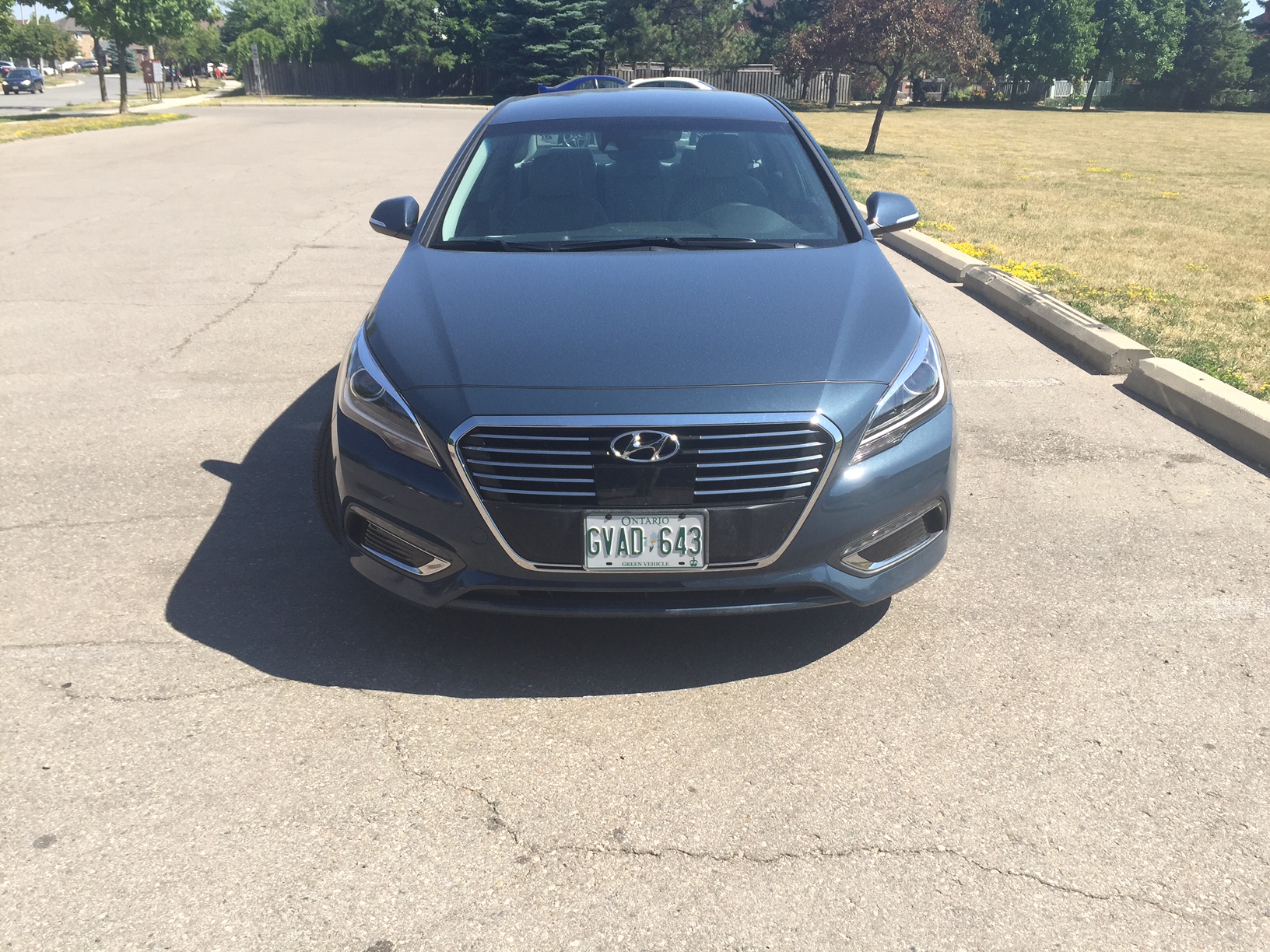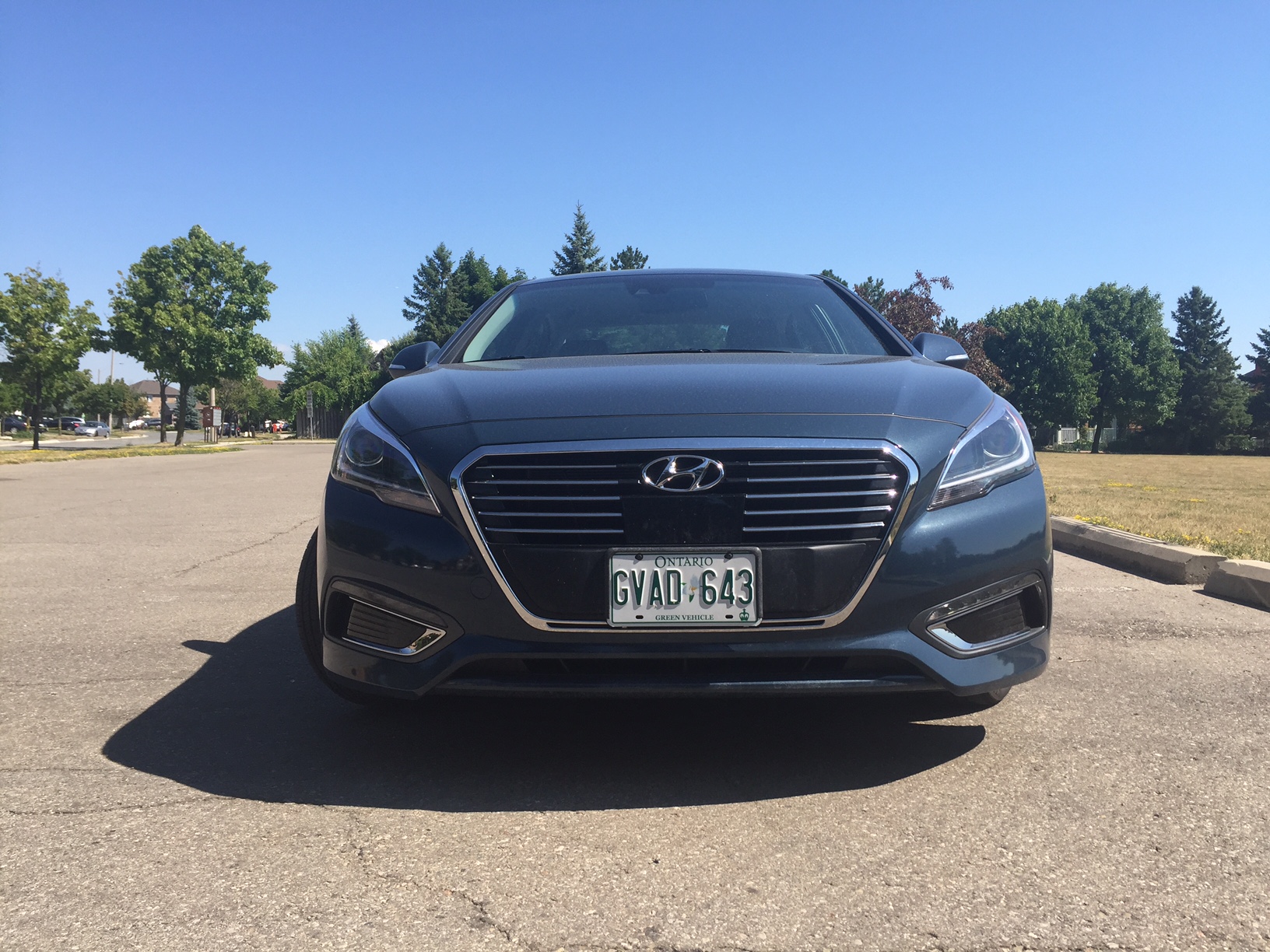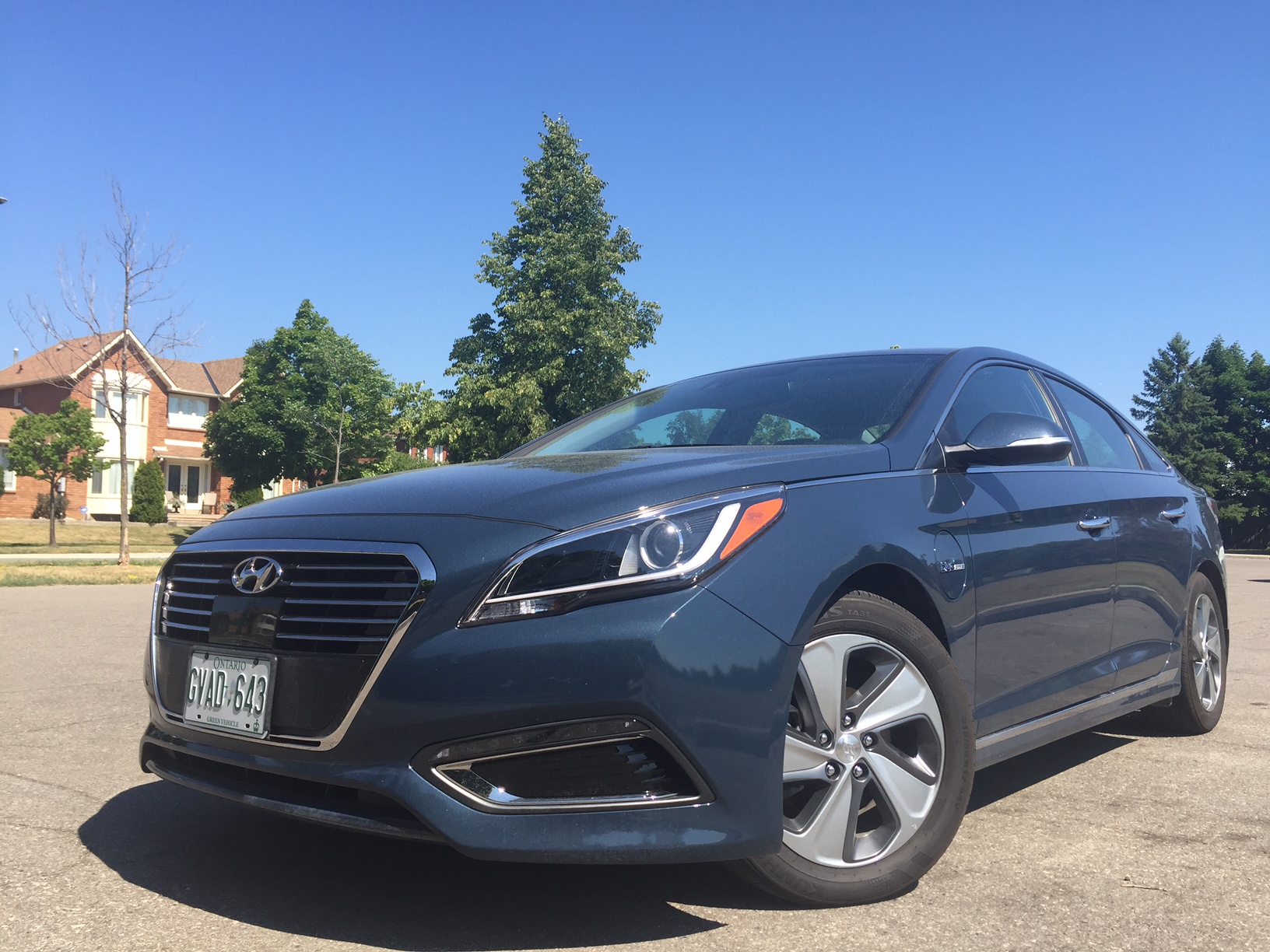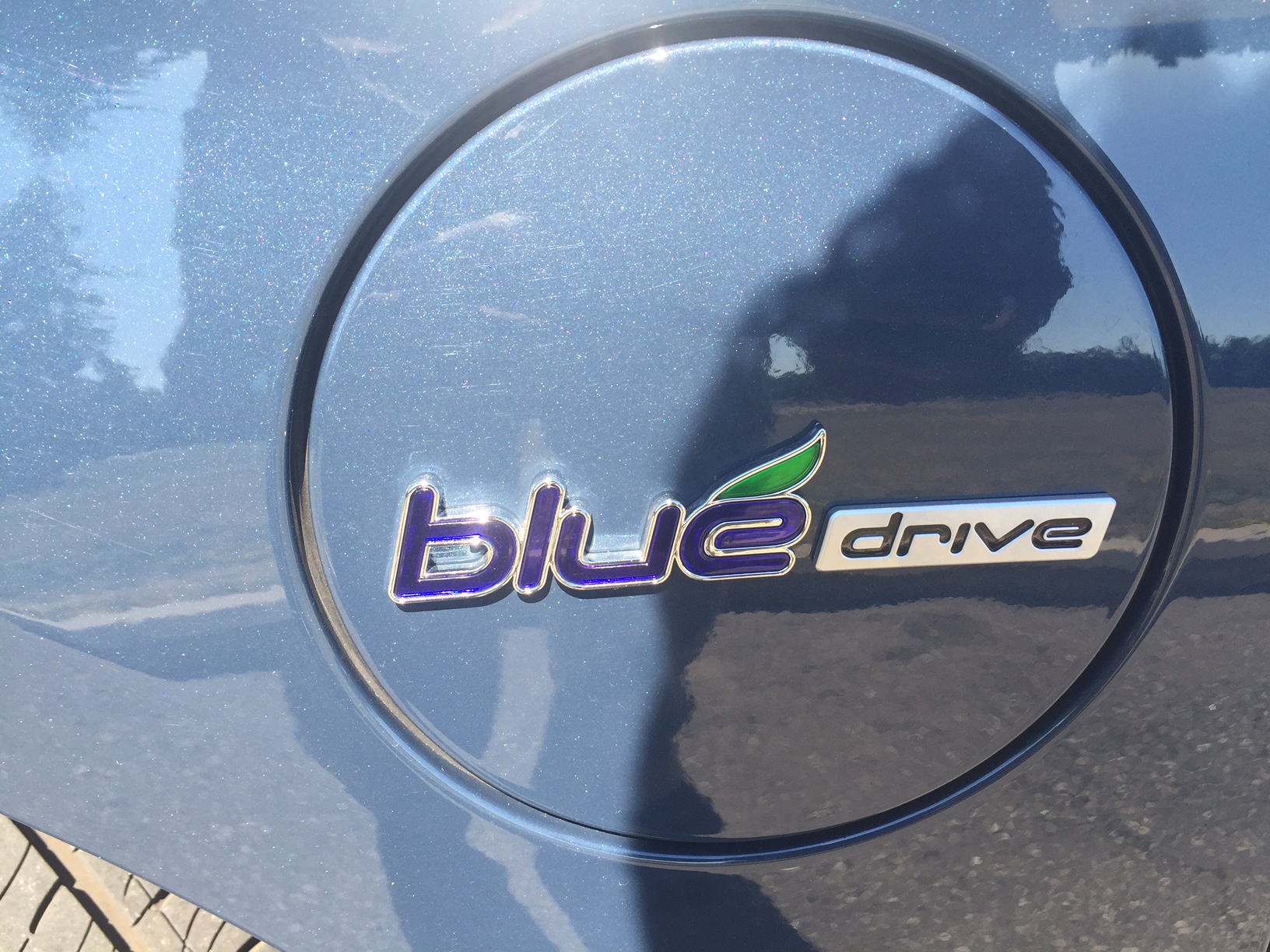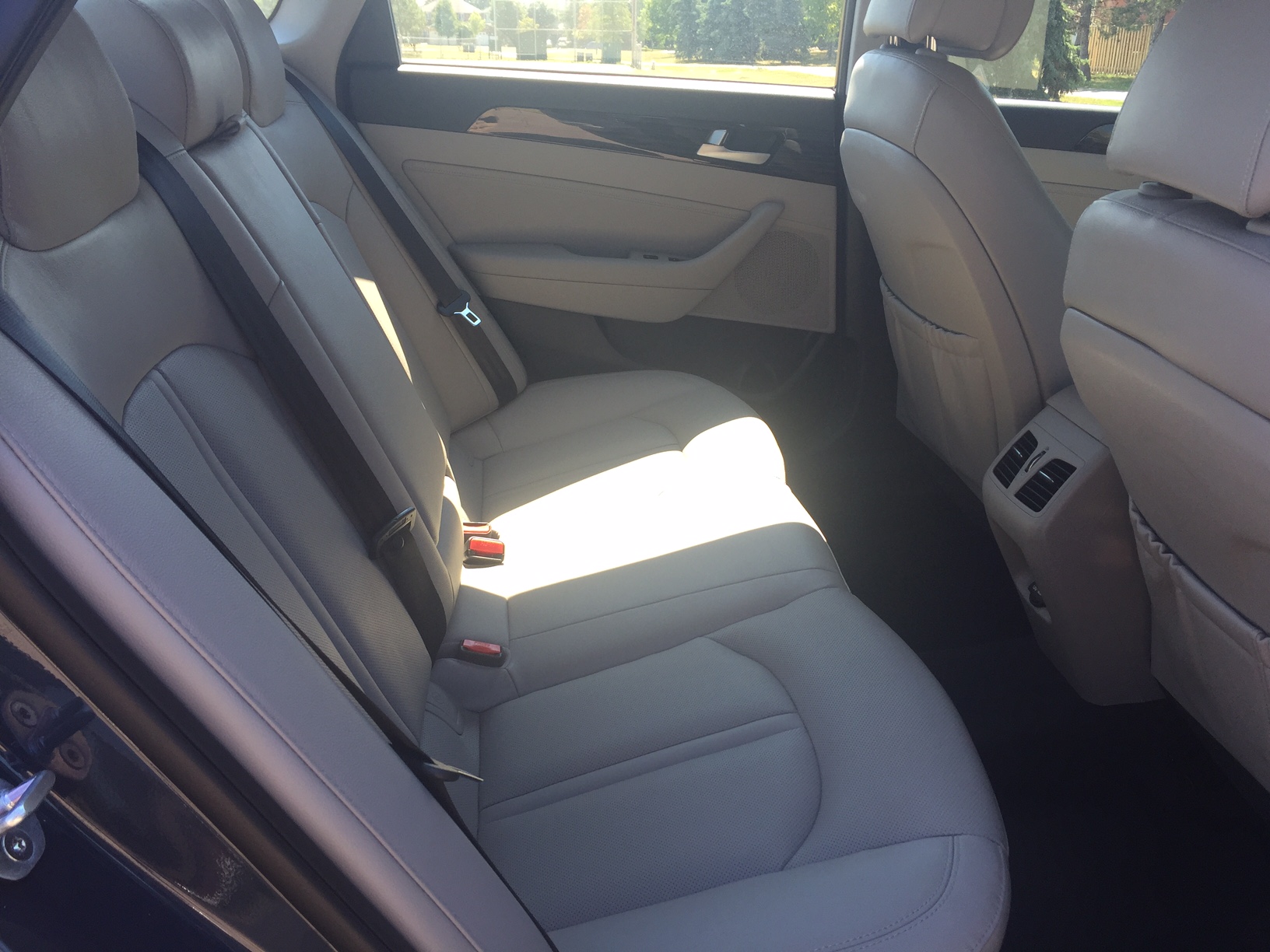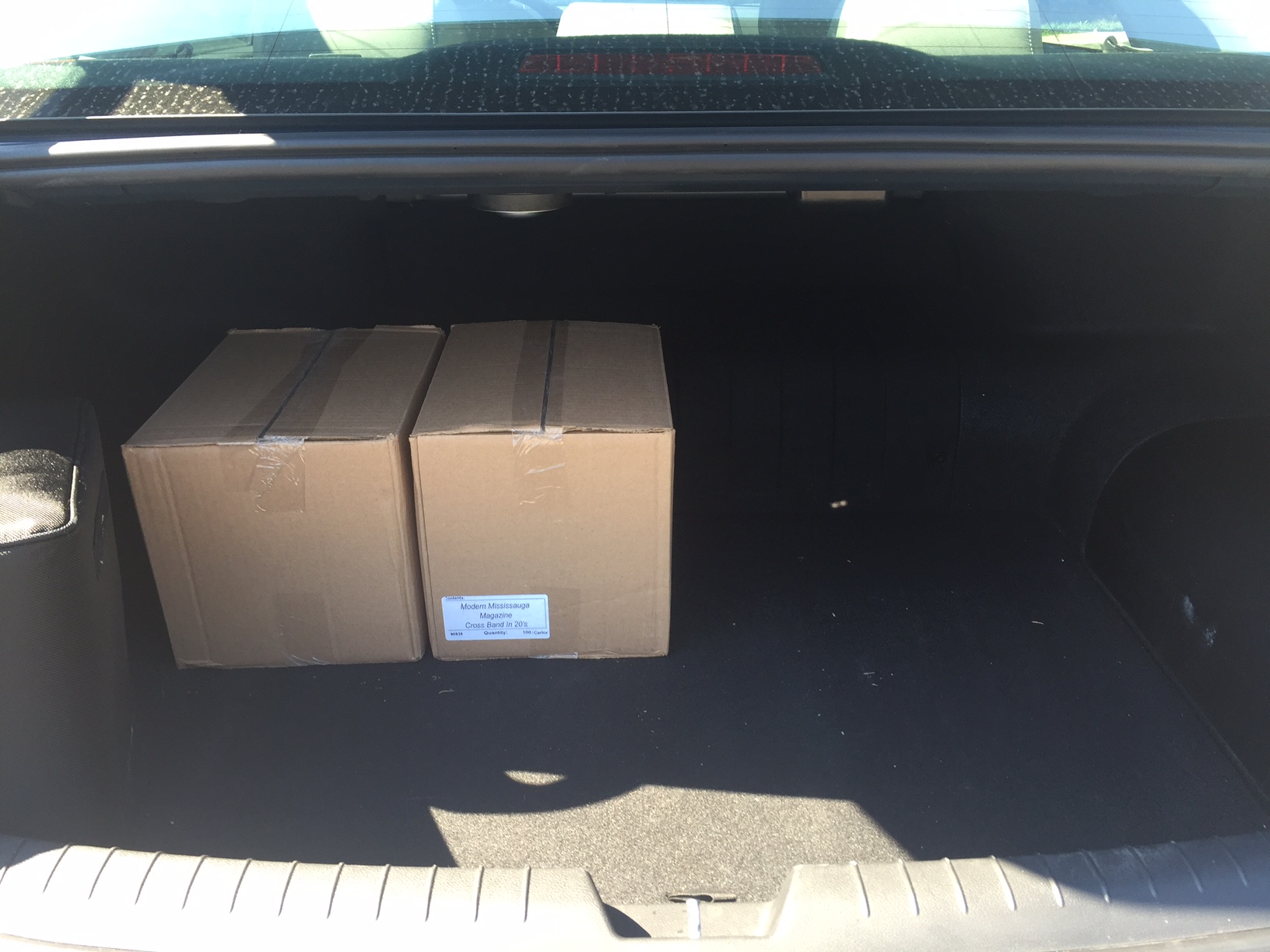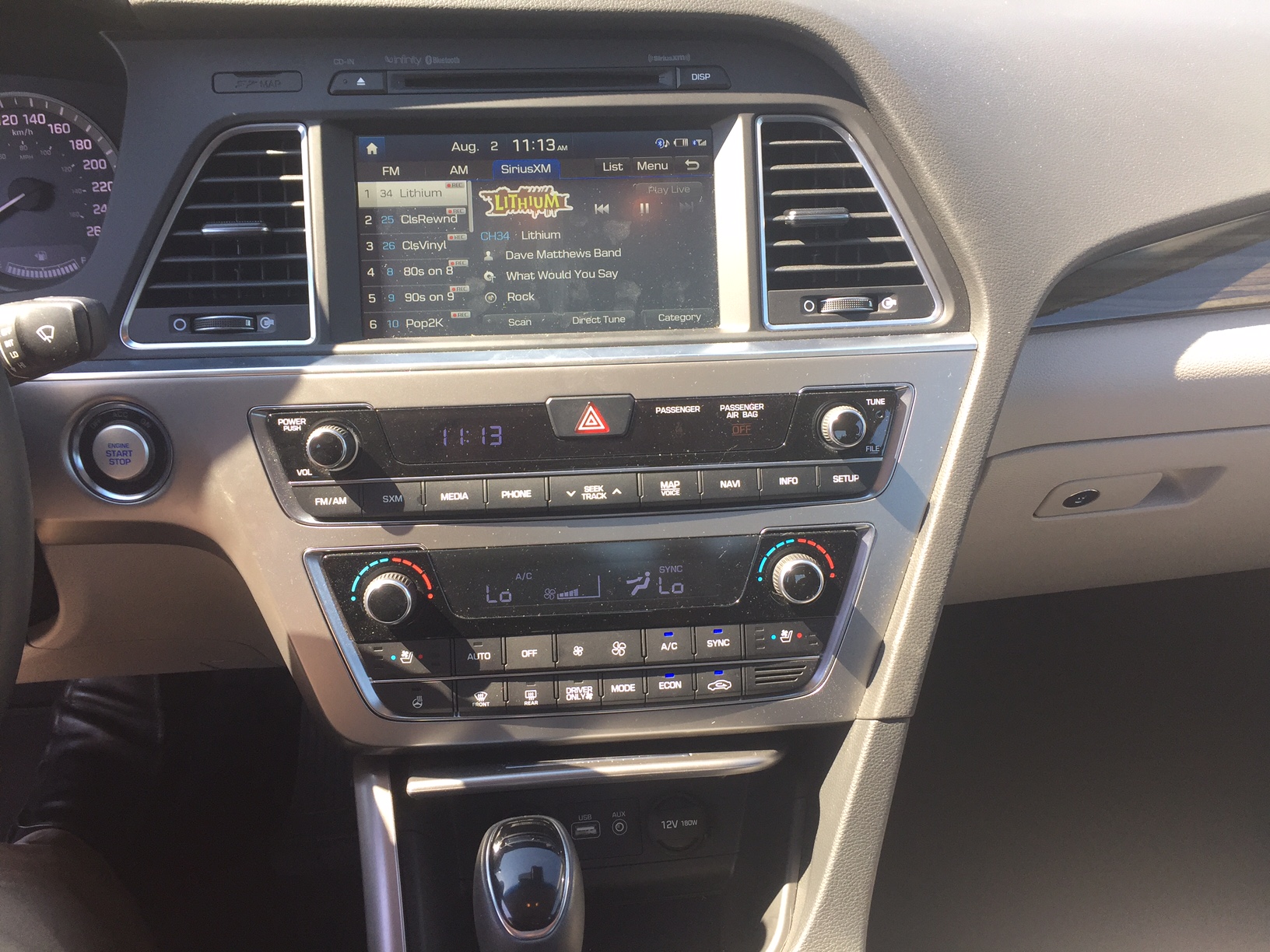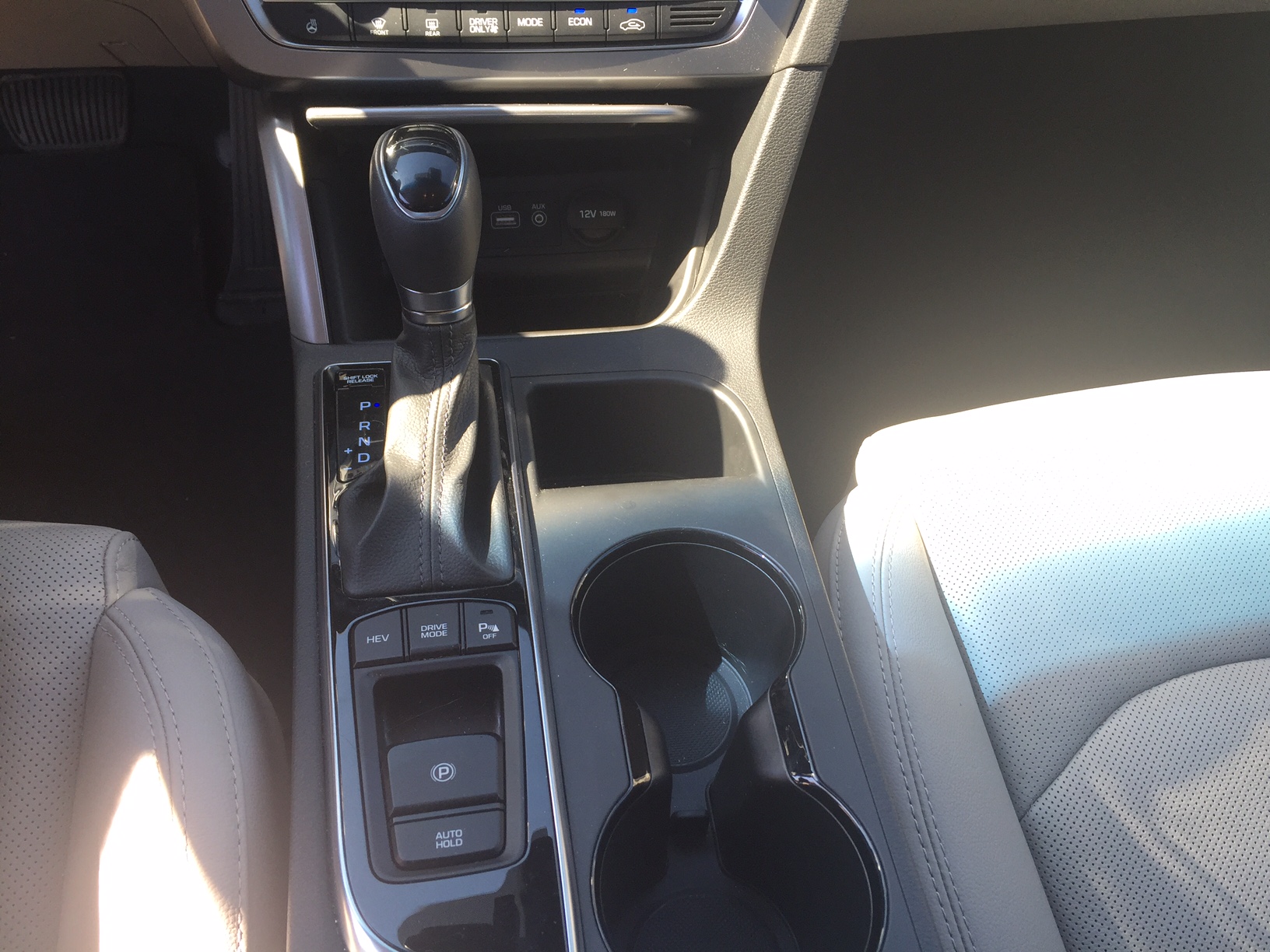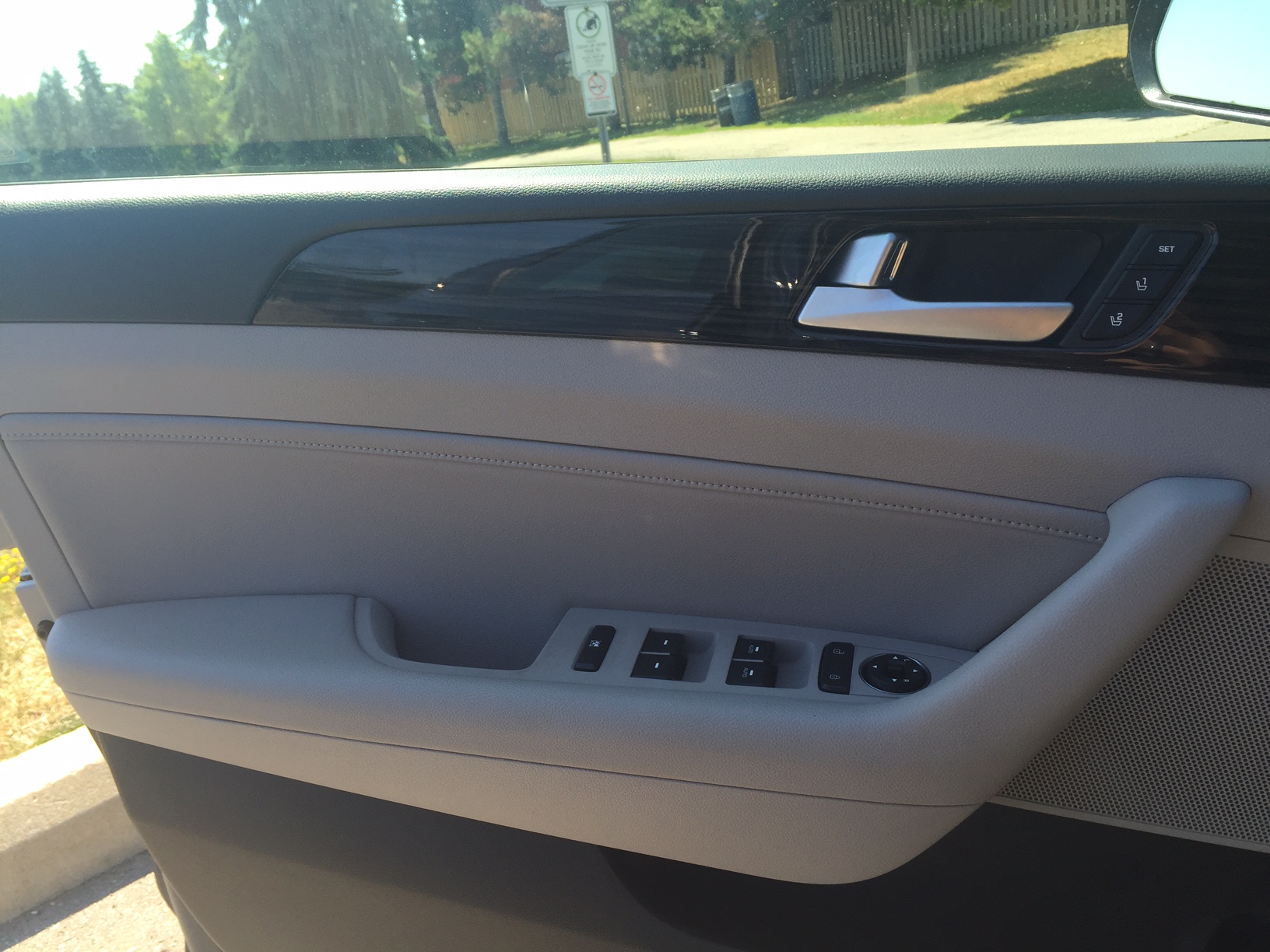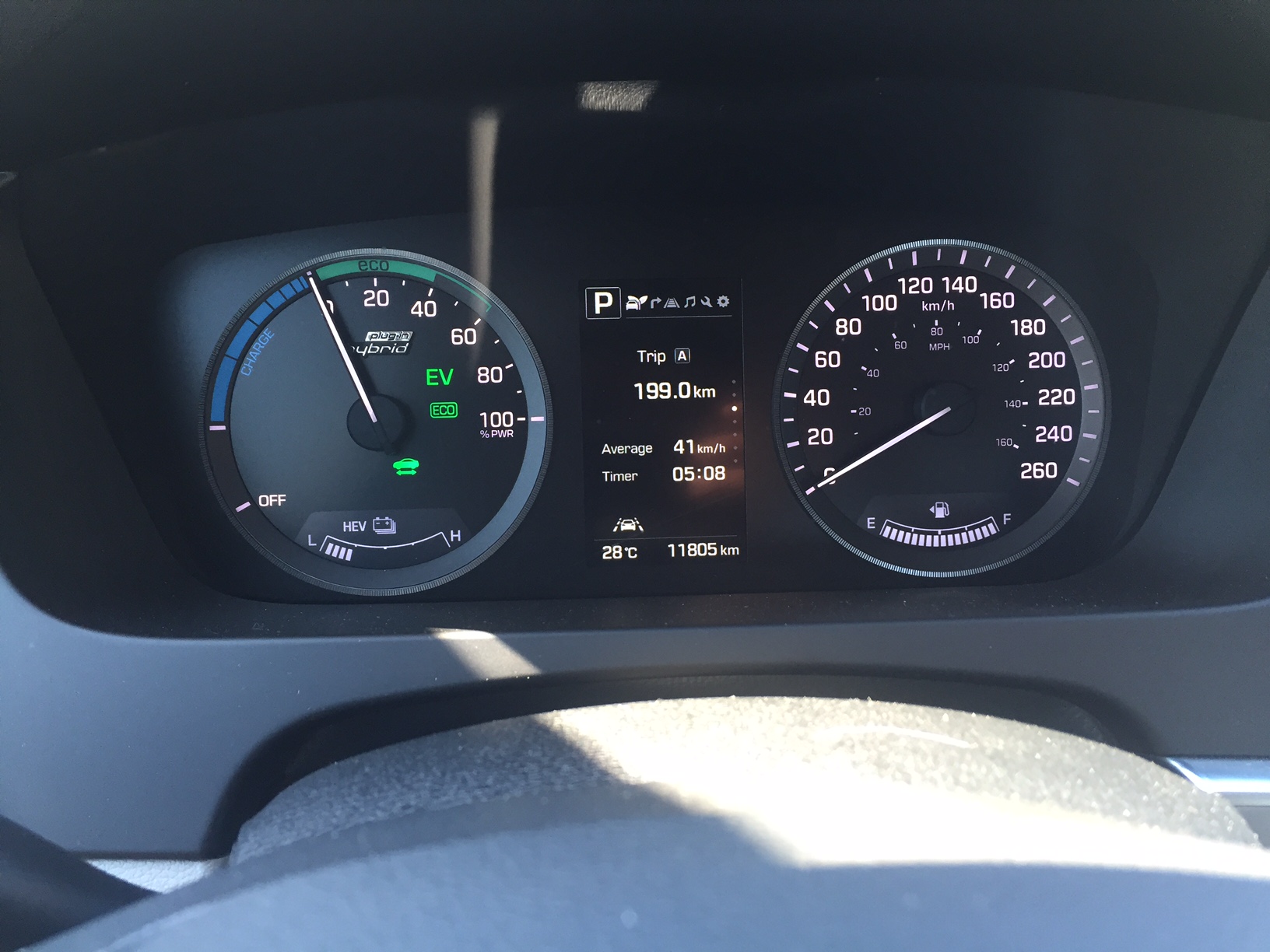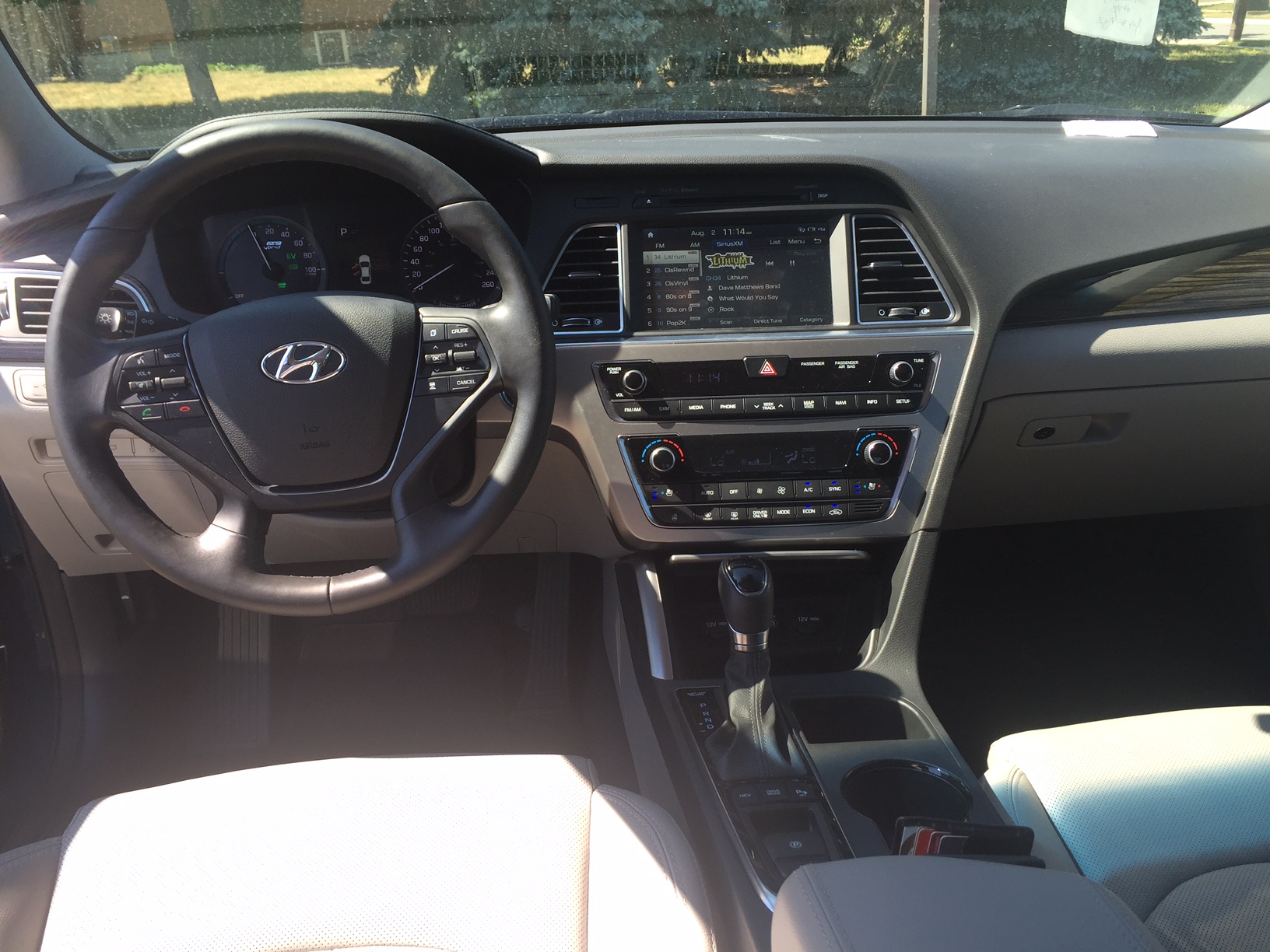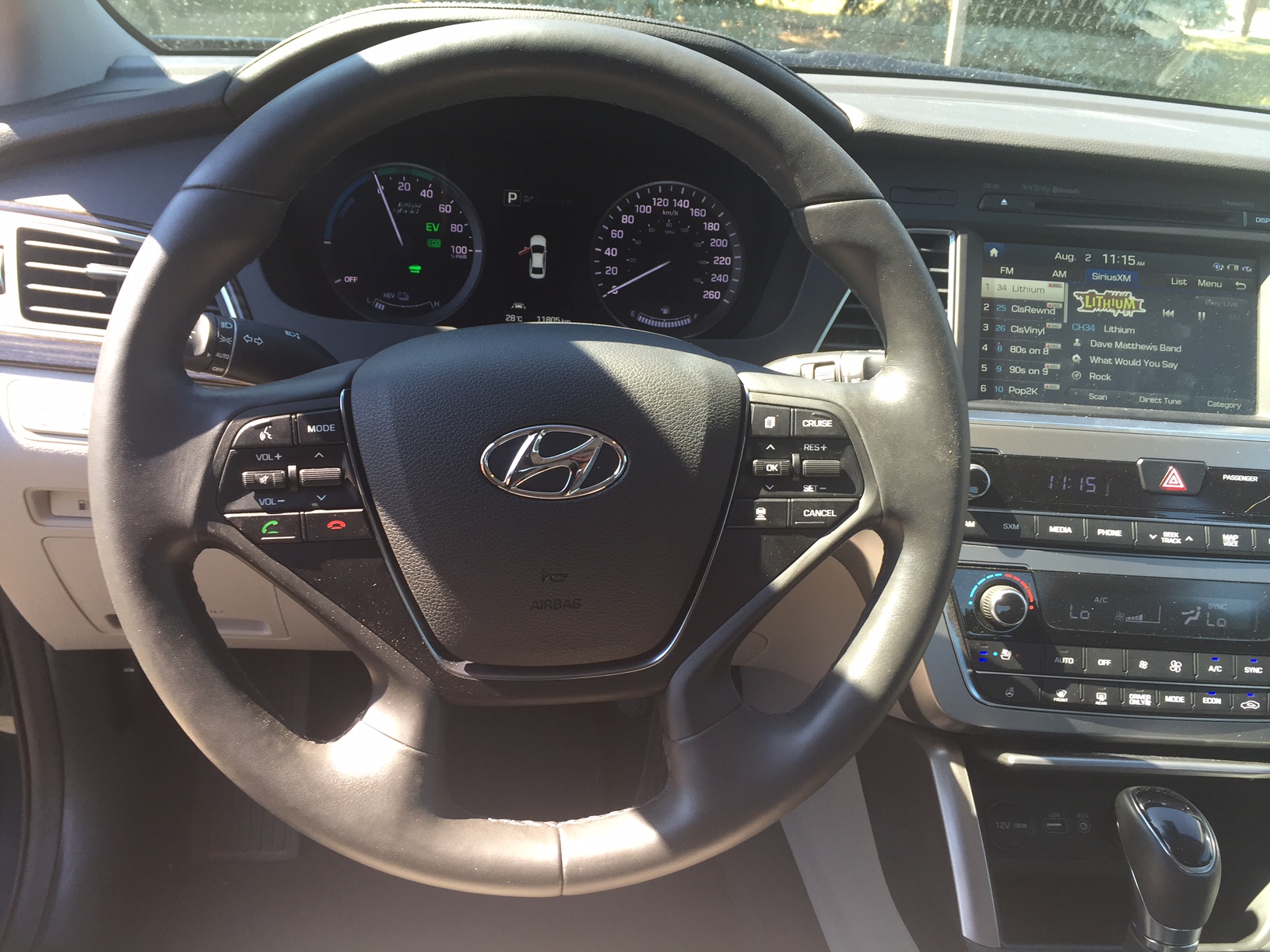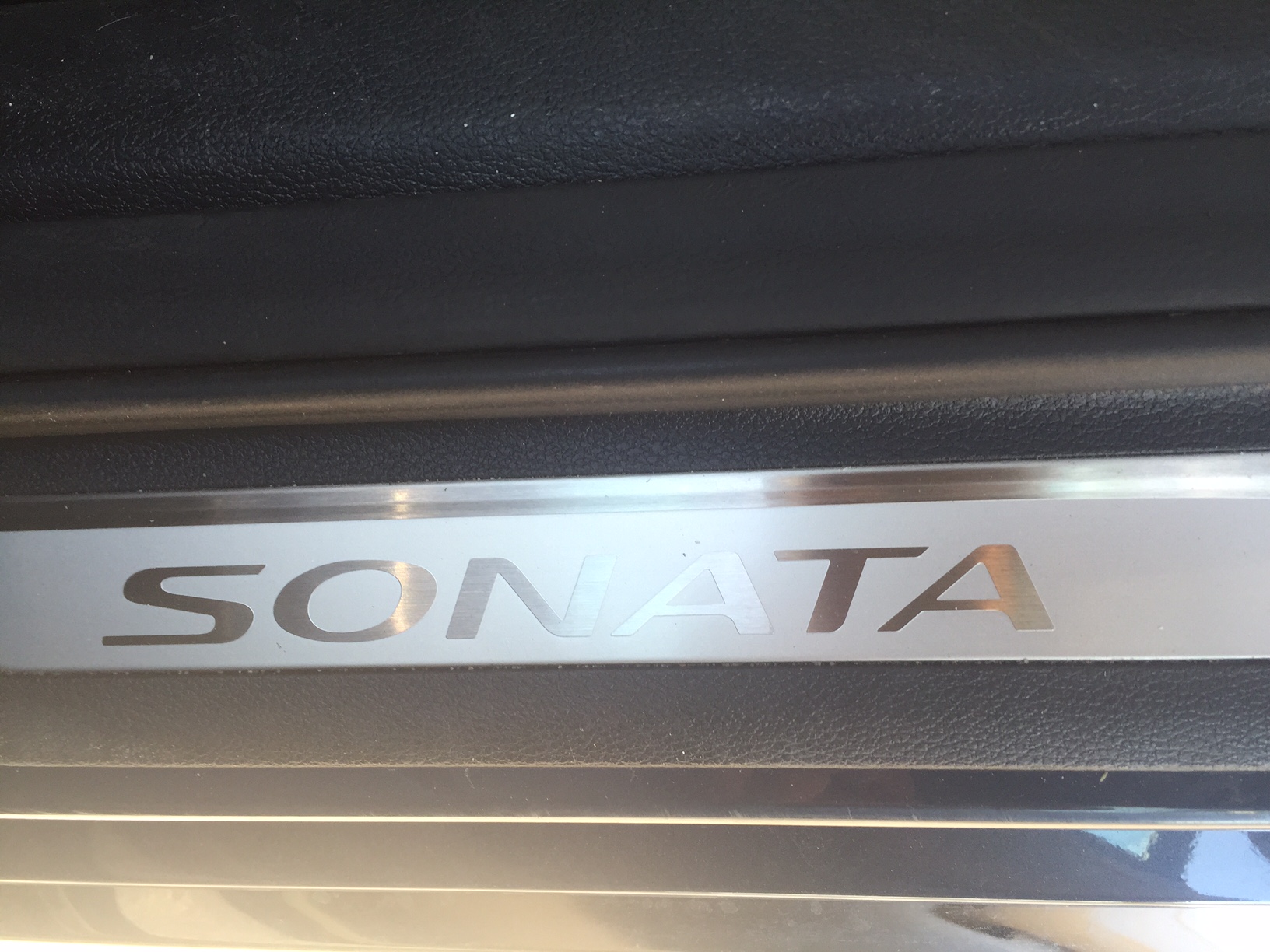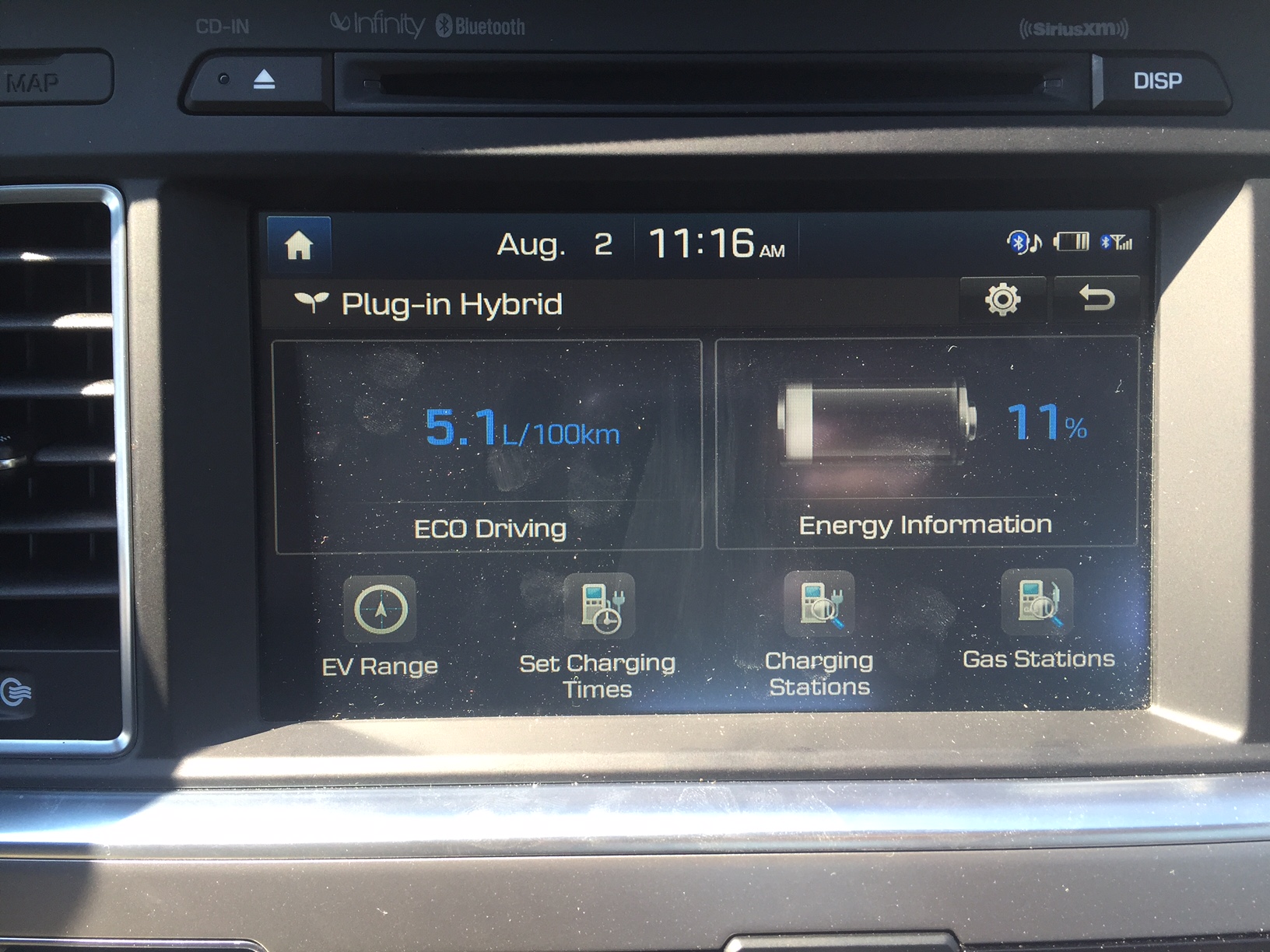Modern Motoring: The 2016 Hyundai Sonata Plug-In Hybrid
/The world of hybrid vehicles is constantly growing as consumers slowly adapt towards alternate fuel options for our precious vehicles. The first plug-in hybrid electric vehicle (PHEV) offered by Hyundai comes in the form of the Sonata mid-sized sedan. At a time when crossover vehicles are all the rage, it’s an interesting tactic to have their first PHEV appear as a sedan. The counter argument is that the Sonata is a good looking, well made car that drives smoothly and smartly and a great choice to launch their PHEV line.
Hyundai says that the 43 km you can travel on a single charge is class leading and for those of us with short commutes to and from work/school/etc., there’s the potential to significantly reduce visits to the gas station. For those with longer commutes, there are still savings to be had. Keep in mind, if you’re using the HVAC controls, carting around four other people, have cargo and have all the windows wide open, that figure of 43 km will definitely be reduced.
I’ve gotten used to testing out PHEV/hybrid vehicles where at times there’s absolutely no sound from the engine. At first, out of habit only, I worried that the car didn’t start or that there was something wrong when the hum of the engine cut out on the highway. After a dozen or so hybrid offerings I’ve tried, it’s not so shocking.
The gasoline engine consists of a 2.0L Atkinson GDI four cylinder motor producing 154 horsepower and 140 lb-ft. of torque, which is plenty to get you where you’re going while using the gasoline engine. The real attraction is a strong 50 kW electric motor releasing 67 horsepower. The common gripe about PHEV/hybrids is that you sacrifice strength for gas savings and in the case of the 2016 Sonata; you get the best of both. Yes, there’s a bit of rumble beneath the hood if you floor it, but it’s only temporary as there’s fairly quick acceleration for a hybrid.
The lithium-polymer battery pack has a capacity of 9.8 kWh and there’s two ways of charging it. First, you can run it through a 240V charger for a bit under three hours to get a full charge.
Or you can use a common household outlet at 120V and that’ll take nine hours, or the average time the car sits in the garage between drives as you sleep. I took advantage of the free juice over at the Enersource head office in Mississauga to recharge the Sonata and keep my Petro Points balance stagnant for a week.
Fuel economy rates at 5.5 L/100km and my week saw my hover in the low sixes doing a mix of city and rural driving. I imagine that figure will increase in colder months as the need for warmth via the heater and/or heated seats increases. To get the most efficiency from the PHEV, you’ll need to be delicate on the gas pedal and it may take a few more seconds to get up to speed but then again, it’s not the end of the world. Although it may mean you get a few honks and glares as people pass you. To me, it’s worth it to do a gradual ascend to the speed limit opposed to flooring it, wasting gas and being the first person at the next red light.
Drive quality is respectable and similar to that of the conventional Sonata and appearance wise, a bit of “blue” badging and the charging port in front of the driver side door are the only differentiators. Looks like that ol’ saying “well done is better than well said” applies here. There’s but one trim for the PHEV Sonata, dubbed the “Ultimate” trim and as the name suggests, it’s jammed full of nearly every feature available, including 17” aluminum alloy wheels, Blind Spot Detection with Rear Cross-Traffic Alert, Lane Change Assist, LED tail lights and Daytime Running Lights, heated and ventilated front seats, a heated steering wheel, heated rear seats, 8.0” colour touch-screen navigation system, rear-view camera, leather seating surfaces, 9-speaker Infinity premium audio system, High Beam Assist, Adaptive Cruise Control with stop-and-go capability, Forward Collision Warning, Lane Departure Warning System, and rear parking assistance sensors.
So what’ll it cost you to help save the planet through a good looking car loaded with technology? The MSRP comes in at $43,999, which is a bit pricey in my opinion. However, the Ontario rebate is approximately $8,460 so that takes some of the edge off and puts the Sonata PHEV in the mid-35K range, which interestingly is roughly the same price as the Sonata 2.0T Ultimate, the top trim in the regular gasoline version What I’d like to see is a lower end trim offered that would bring the price down to the low $30K range for those who don’t want/need the full suite of bells and whistles. The regular Sonata and Sonata Hybrid have plenty of trim levels and hopefully in a couple of years, the PHEV comes in more than one trim.
The fit and finish is impressive and Hyundai gives you the upscale feel at a much lower cost than you’d expect, which has frequently been their forte. Trunk space suffers, as expected with any hybrid/PHEV - you’re given 280L of space to work with - but the rear seat comfort is surprisingly high.
The 2016 Hyundai Sonata PHEV is a good start for the South Korean company who only recently got into the hybrid game. The comfort, fit and finish score high marks, the fact that it’s jam packed with features makes it an easier decision (for most) and depending on your lifestyle, you can use the battery for much, if not all, of your daily driving. With the new Ioniq coming out soon, Hyundai is taking the alternative fuel world seriously and they’re off to a great start with the Sonata.
Enjoy the full gallery below:





